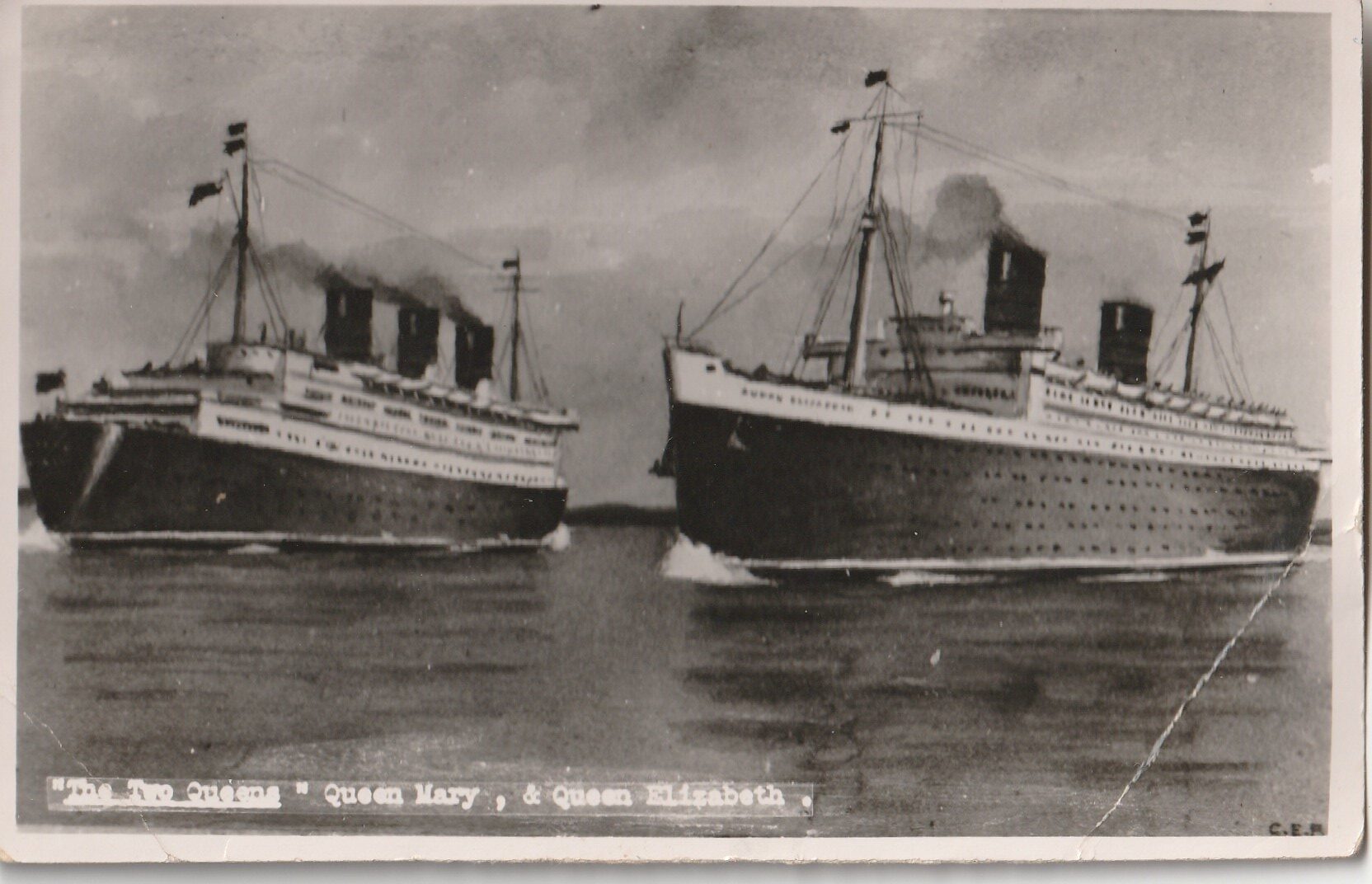The Bonnie was originally designed for Britain’s Royal Navy to provide air support for the convoys during WW2 but she was not completed in time and construction was halted. Canada had utilized two previous carriers from the Royal Navy but in ‘1952 purchased the Majestic Class Light Aircraft Carrier and completed the build. On January 17th, 1957, what was to be HMS Powerful, was commissioned HMCS Bonaventure: her motto Not For Us Alone, clearly defining Canada’s peacekeeping role, or so I felt. It might be difficult today to rationalize Canada’s purchase of a carrier in the late 50s, but this was during the Cold War when Russian submarines along our eastern seaboard were a huge cause for alarm. The Bonnie was involved primarily in flight training in support of the Navy’s various roles: the first to control the North Atlantic and adjacent areas and secondly to track the Russian subs operating in considerable strength in the North Atlantic. Ultimately, HMCS Bonaventure would assist Canada in our NATO commitments. Her Jet Fighters (until 1962, when she would lose her aging ‘Banshees’) were designed to provide protection in the event of an enemy attack, while the Trackers and the Helicopters assisted attendant destroyers and frigates in their anti-submarine searching and attack role. By 1963-64, she would fit in 6 new Sea King all-weather anti-submarine helicopters, one Sikorsky rescue helicopter and thirteen twin engine Trackers.

The Bonnie was 705 feet in length with a breadth of 80 feet. She carried a complement of 1,370 men, 810 of whom were ship’s company and 560, the Air Branch. The Air Branch bunked immediately below the Catapult Deck and their area was commonly referred to as ‘Under The Cat’, a noisy spot due to the proximity of the steam operated catapults. ln 1961, Bonnie would range from the Arctic on a 5200 mile voyage to assert Canadian sovereignty, to Buenos Aires in 1966. The two closest approaches to active war service for Bonnie were in October of 1962, during the Cuban tr4issile Crisis when she formed part of the Fleet-At-Sea patrol in the Western Atlantic and in March of 1964 when she transported Canadian Army Peacekeeping elements in Cyprus. I joined the Royal Canadian Navy in the latter part of the 1960s and in my role as a radar plotter was stationed at the Operations Trainer in HMCS Stadacona, Halifax. The Ops Trainer was inhabited by rooms and more rooms filled with banks and banks of computers in large cabinets. lt was incredibly impressive and daunting for the time. We would train Operations teams from the various ships in warfare tactics. The banks and banks of computers projected the images on a screen in an Ops Room, right out of Star Trek. Our jobs were to operate carriers, ships, aircraft and even civilian vessels conducting various anti-submarine maneuvers that would be displayed on the screen. One of my roles had been to operate a simulated civilian sailing vessel, randomly sailing in and out of the convoys causing blissful havoc.

My call sign was ‘Tinkerbell’ and the nickname stuck with me for quite a time. As incredibly cutting edge as all of this seemed at the time, we were probably operating somewhere at the level of t.v. Ping Pong. I always happily anticipated the opportunity to head down to Operational Headquarters to engage in NATO exercises: again, this was play-warfare but with real ships, aircraft and submarines. We communicated and plotted their actions. WRENS did not serve at sea at that time, however as Navigational/Radar Operators, we were often out for day long exercises. I still chuckle when I recall how we were constantly directed to enjoy some fruit, readily available about the ship. lt was as if, during that day- long outing, we might leave ourselves open to contacting scurvy if we did not regularly avail ourselves of an apple or banana. Memorable also, was during training in self-defense, we were taught how to effectively defend ourselves with an umbrella, which was actually quite brilliant, if it was raining. Soon the umbrella was removed from our kit though, as it was supposedly then determined to be a concealed weapon! I can recall firing my first sten gun and being effectively deafened for hours afterwards. I would, however, later proudly save my best target practice sheets from the range. I was well aware of Bonnie, and even though she seemed to spend a lot of time in refit, I would happily be among those who would head down to Dockyard to check her out. At the same time, there would be very innocent looking fishing boats from distant ports on the far side of the Atlantic, whispered to be loaded with listening and spying apparatus!



